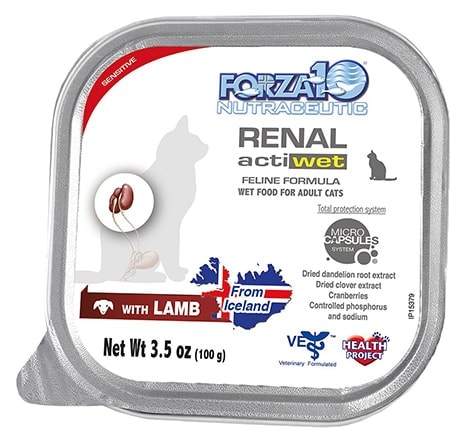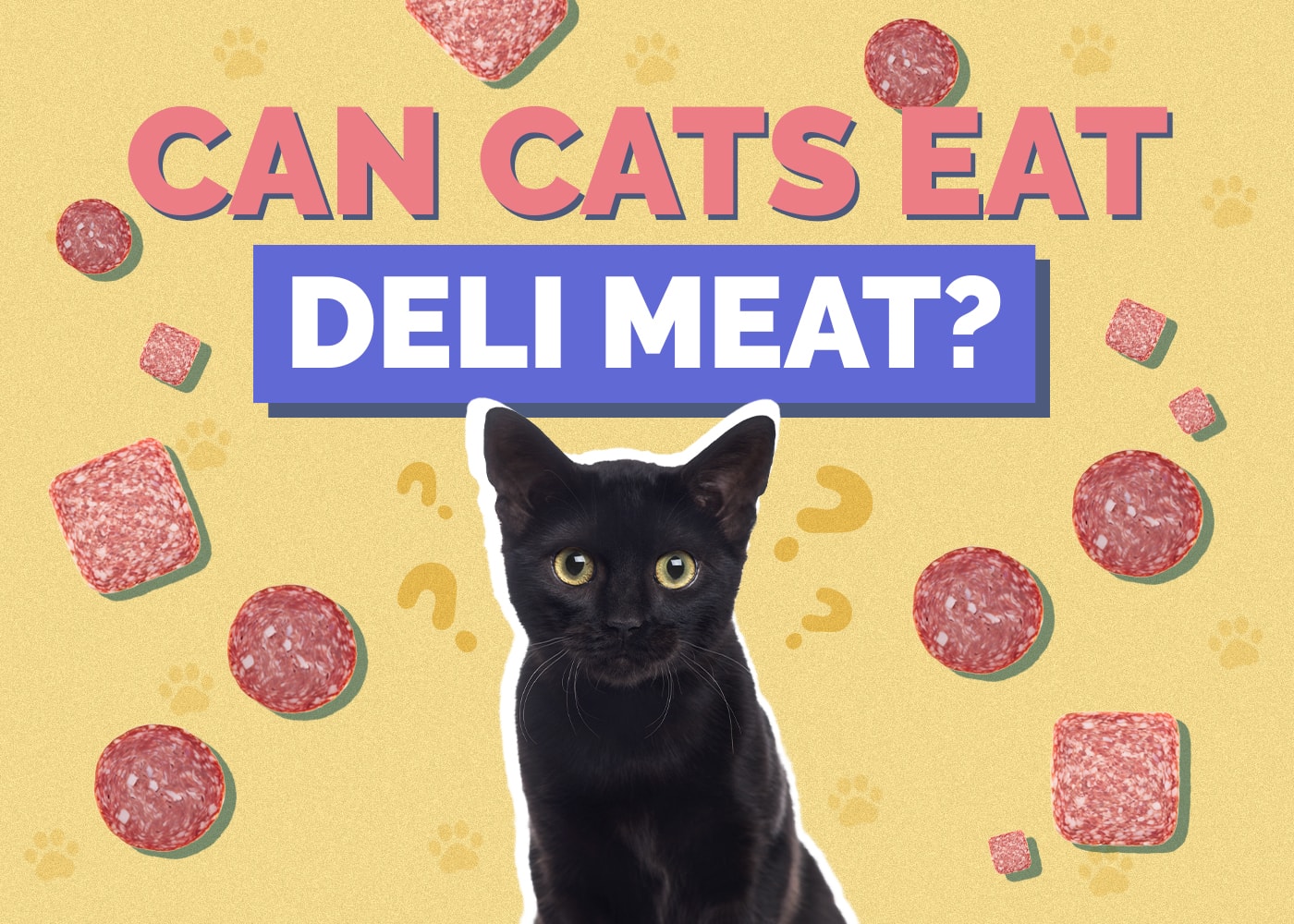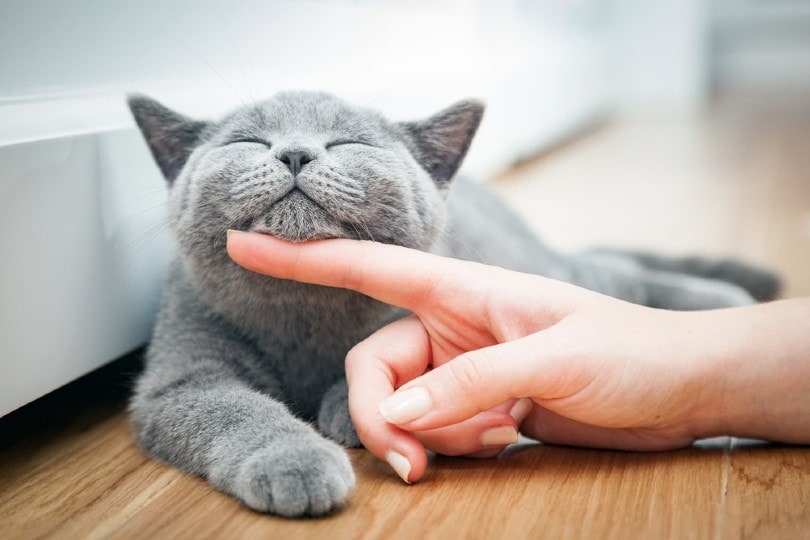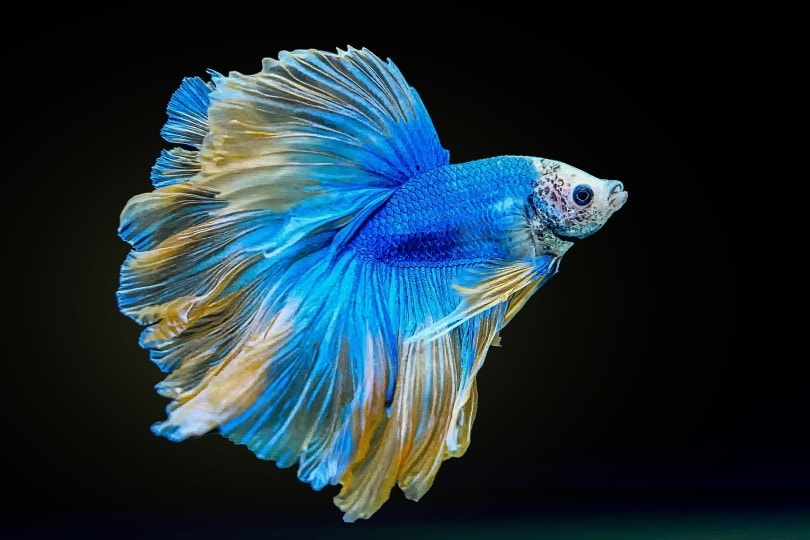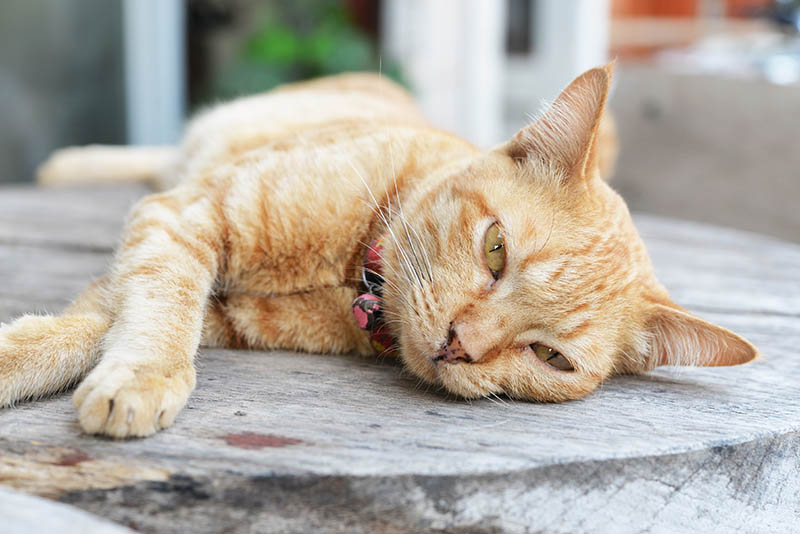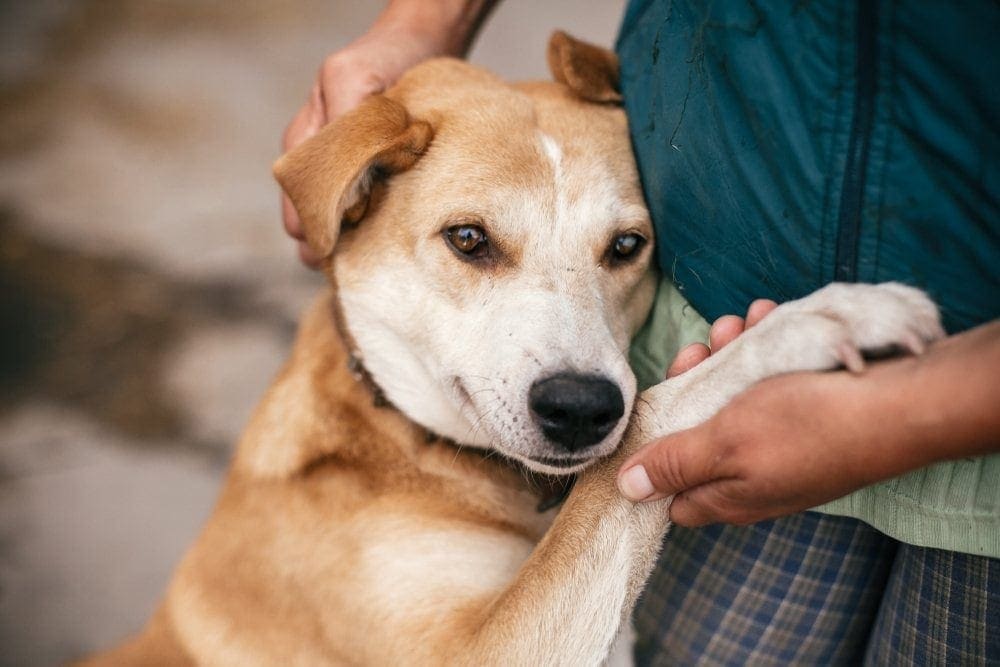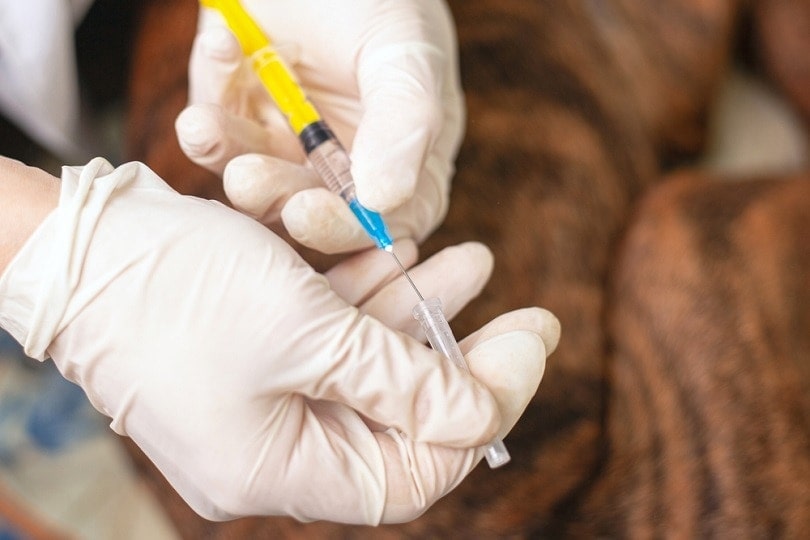10 Best Low Phosphorus Cat Foods for Kidney Disease in 2024 – Reviews & Top Picks

Updated on
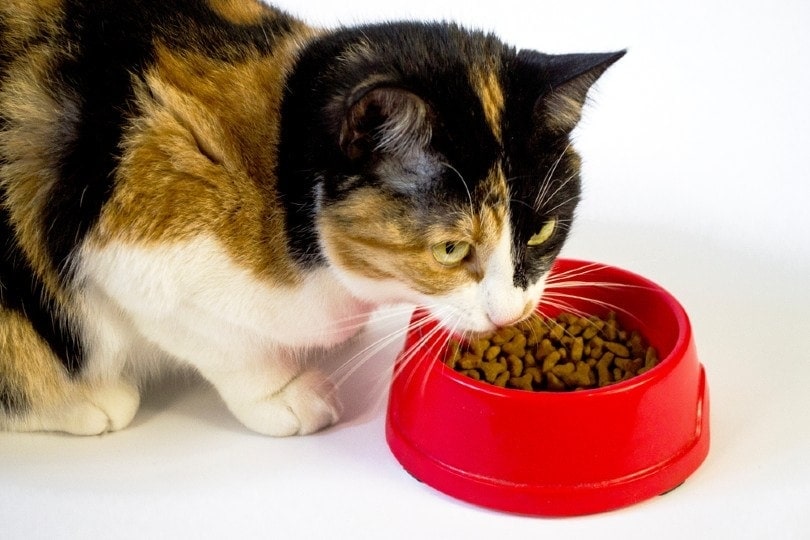
The only way to confirm that your cat has kidney disease is through an official diagnosis from a vet, and many of the foods that can minimize the symptoms of the disease will require a prescription from the vet too. This is because it can be dangerous to feed your cat a diet low in phosphorous if they are not suffering from kidney issues. Make sure you have confirmation from your vet before moving ahead with a special diet for your feline friend.
Since proper nutrition is so vital for managing kidney disease in your cat, it can be stressful to find the right food to give them. Luckily, you’ve come to the right place! In this article, we rounded up the 10 best cat foods for cats with kidney disease, complete with in-depth reviews to help you find the best food for your feline.
Disclaimer: The foods reviewed here were chosen because they have certain characteristics that might help with some of the causes or consequences of this medical condition. However, they are not a medical treatment or a substitute for medical treatment. Keep in mind that each medical case is different and what works for some pets may not work for others. Your veterinarian is the right person to advise you on the best diet for your pet’s individual case.
A Quick Glance At Our Favorites in 2024
| Rating | Image | Product | Details | |
|---|---|---|---|---|
| Best Overall |

|
Hill's Prescription Kidney Cat Food |
|
Check Price |
| Best Value |

|
Purina Pro Plan Vet Diets Kidney Dry Cat Food |
|
Check Price |
| Premium Choice |

|
Blue Buffalo Vet Diet K+M Dry Cat Food |
|
Check Price |

|
Hill's Prescription Diet Kidney Wet Cat Food |
|
Check Price | |

|
Royal Canin Vet Diet Renal Canned Cat Food |
|
Check Price |
The 10 Low Phosphorus Best Cat Foods for Kidney Disease
1. Hill’s Prescription Diet k/d Kidney Care Dry Cat Food — Best Overall
| First-listed ingredients: | Brown rice, corn gluten meal, pork fat |
| Crude protein: | 26% min |
| Crude fat: | 4% min |
| Caloric content: | 444 kcal/cup |
| Veterinary authorization: | Yes |
The Hill’s Prescription Diet Kidney Care dry food is specially developed by nutritionists and veterinarians to support kidney health in your cat and is our top choice overall. Decreased kidney function can significantly decrease your cat’s appetite, resulting in loss of muscle mass. This food is formulated with Enhanced Appetite Trigger (E.A.T.) technology that helps stimulate the appetite and thus increases caloric intake to prevent weight loss and loss of muscle mass. It’s also made with carefully controlled phosphorus levels and low sodium, as well as high levels of essential amino acids to help build and sustain muscle.
We love that this food is proudly made in the U.S.A. and clinically tested to improve and lengthen the quality of life for your cat. Unfortunately, there seems to be poor quality control at Hill’s, as some of the kibble is far too small for older cats to eat comfortably, a real problem for cats that need to eat more calories.
- Specially developed by nutritionists and veterinarians
- Formulated with Enhanced Appetite Trigger (E.A.T.) technology
- Made with carefully controlled phosphorus levels
- Low in sodium
- High levels of essential amino acids
- Made in the U.S.A.
- Irregular kibble size
2. Purina Pro Plan Vet Diets NF Kidney Dry Cat Food — Best Value
| First-listed ingredients: | Corn gluten meal, tuna, barley |
| Crude protein: | 33% min |
| Crude fat: | 13% min |
| Caloric content: | 494 kcal/cup |
| Veterinary authorization: | Yes |
The first ingredient listed on this food is corn gluten meal, with barley at number three. We would prefer to see an animal protein at the top of the ingredient list.
- Inexpensive
- Specially formulated to aid kidney function
- High-quality protein (tuna)
- Packed with essential omega-3 fatty acids
- Added DHA and EPA
- Packed with antioxidants
- Contains corn gluten and barley in the top three ingredients
3. Blue Buffalo Vet Diet Kidney + Mobility Dry Cat Food — Premium Choice
| First-listed ingredients: | Deboned chicken, peas, pea starch |
| Crude protein: | 26% min |
| Crude fat: | 18% min |
| Caloric content: | 425 kcal/cup |
| Veterinary authorization: | Yes |
The only issue that we found with this food is the high price, and a high number of customers reported that their cats would simply not eat it.
- Deboned chicken is the first ingredient
- Grain-free
- Contains glucosamine and chondroitin
- Free from poultry by-products
- Low in phosphorous and sodium
- Expensive
- Some cats may not eat it
4. Hill’s Prescription Diet Kidney Canned Cat Food
| First-listed ingredients: | Chicken, pork liver, carrots |
| Crude protein: | 4% min |
| Crude fat: | 3% min |
| Caloric content: | 70 kcal/can |
| Veterinary authorization: | Yes |
This food has a rather pungent smell that fussy cats may not enjoy. Also, it’s expensive and not something that you want to go to waste.
- Formulated especially for cats with kidney disease
- Loaded with beneficial vitamins C, B12, and E
- Contains essential amino acids and taurine
- Carefully controlled amounts of phosphorus and low in sodium
- High moisture content
- Pungent odor
- Expensive
5. Royal Canin Vet Diet Renal Canned Cat Food

| First-listed ingredients: | Pork by-products, chicken by-products, chicken liver |
| Crude protein: | 6–9% |
| Crude fat: | 5% min |
| Caloric content: | 151 kcal/can |
| Veterinary authorization: | Yes |
This food recently got a new recipe that several owners said their cats didn’t like, and it contains chicken and pork by-products. The food is also greasy and stains easily, and it is more expensive per ounce than the previous recipe.
- Coated in a tasty sauce
- Energy-dense formula
- Contains healthy omega acids from fish
- Formulated with the precise nutrients
- Contains chicken and pork by-products
- Greasy and stains easily
- Expensive
6. Royal Canin Vet Diet Renal Dry Cat Food

| First-listed ingredients: | Brewer’s rice, corn, wheat gluten |
| Crude protein: | 24% minimum |
| Crude fat: | 15% min |
| Caloric content: | 376 kcal/cup |
| Veterinary authorization: | Yes |
Unfortunately, this food is not as flavorful as it claims, as many customers reported that their cats would not eat it. Also, it is a small bag and is rather pricey for the amount that you get.
- Specially formulated to support kidney health
- Enticing flavor
- Precise antioxidant complex
- Essential omega fatty acids from fish oil
- High-quality protein content
- Some cats may not eat it
- Expensive
7. Wellness Healthy Chicken Wet Cat Food Pouches
| First-listed ingredients: | Chicken broth, water, chicken, chicken liver |
| Crude protein: | 7% minimum |
| Crude fat: | 4% min |
| Caloric content: | 62 kcal/pouch |
| Veterinary authorization: | No |
While this food is low in phosphorous, it has a fair bit of sodium, which is not ideal. Also, the gravy may be too delicious, as some customers reported that their cats ate the gravy and left the food!
- Convenient pouches
- Grain-free
- High-quality chicken protein
- Contains antioxidant-rich cranberries
- Free from artificial flavors, colors, and preservatives
- Not that low in sodium
8. Purina Pro Plan Vet Diets Kidney Dry Cat Food
| First-listed ingredients: | Brewers rice, tuna, whole grain corn |
| Crude protein: | 26% minimum |
| Crude fat: | 16% min |
| Caloric content: | 536 kcal/cup |
| Veterinary authorization: | Yes |
This food is expensive, though, and many customers reported that their cats wouldn’t eat it after the recent recipe change.
- Carefully crafted by nutritionists and veterinarians
- Loaded with essential omega-3 fatty acids from salmon
- Contains DHA and EPA
- Packed with antioxidants
- High protein-to-calorie ratio
- Expensive
- Recent recipe change
9. Forza10 Nutraceutic Actiwet Renal Wet Cat Food
| First-listed ingredients: | Salmon, chicken liver, lamb |
| Crude protein: | 6% minimum |
| Crude fat: | 5% min |
| Caloric content: | 80 kcal/tray |
| Veterinary authorization: | No |
Many customers reported that the food had a strong fish smell and gummy texture, and their cats would not eat it. It is also fairly pricey.
- Specially formulated for cats with kidney issues
- Contains natural antioxidants (cranberries)
- Contains dandelions for urinary support
- Packed with essential omega-3 fatty acids from 100% Icelandic salmon
- Free from grains, GMO ingredients, and artificial colors, flavors, and preservatives
- Strong fish odor
- Gummy texture
- Expensive
10. Blue Buffalo Natural Vet Diet Kidney + Mobility Wet Cat Food

| First-listed ingredients: | Chicken, chicken broth, water, potatoes |
| Crude protein: | 5% minimum |
| Crude fat: | 3% min |
| Caloric content: | 153 kcal/can |
| Veterinary authorization: | Yes |
This food is expensive, though, and many customers reported that their cats wouldn’t eat, and it even caused nausea and vomiting in some cats. Also, the food is thick and may require added water to make it palatable.
- Made with high-quality chicken
- Grain-free
- Contains glucosamine and chondroitin
- Packed with essential omega fatty acids
- Expensive
- May cause nausea
- Some cats wouldn’t eat it
- Thick texture
Buyer’s Guide: Selecting The Best Cat Food for Kidney Disease (Low Phosphorus)
Acute kidney disease can affect cats of any age or breed and can come on suddenly. The exact cause of kidney disease in cats is largely unknown but can be potentially caused by many factors, including poisons, shock, and bacterial infection. With careful treatment, it can usually be cured. Chronic kidney disease, on the other hand, typically occurs in older cats and comes on gradually over several years. A special diet can help manage the disease and extend your cat’s lifespan significantly, although it will not reverse the disease.
No matter the cause, the disease is characterized by your cat’s kidneys ceasing to properly remove waste products and excreting them in their urine—namely, phosphorous, sodium, and protein. This is why low-phosphorous foods are so important for cats with kidney problems.
While providing our feline companions with high-quality food is paramount, selecting the right food and water bowl is equally important. The modern yet practical design of our Hepper NomNom Cat Bowl combines cat-catered features, like whisker-friendly shallow dishes and slight elevation, with a contemporary style aimed at protecting your floors from messy eating and drinking. The NomNom is entirely dishwasher safe and was thoughtfully created with your cat’s health and well-being in mind.
What to look for in foods for cats with kidney disease
Since there is no cure for kidney disease, medication and careful management of your cat’s diet are the only ways to manage the disease. It is done with a specialized diet that is low in phosphorous, protein, and sodium, as the disposal of these is what is limited by kidney disease. With this in mind, you’ll need to look for food with the following aspects in your cat’s food.
Protein
The food that you choose will need to have fairly low protein levels, as the breaking down of protein can produce excessive waste products that need to be dealt with by your cat’s kidneys. While protein is vital to the health of your feline, they’ll need a reduced protein intake or preferably, a low concentration of high-quality proteins. Since they are getting a reduced amount of protein, it’s essential to give them the best protein source possible.
Low phosphorous
Kidney damage and loss of function are sped up by high concentrations of phosphorous in your cat’s bloodstream, and when levels are low, the damage is slowed down. This will also help your cat feel more energized and happier overall, and this is why most foods for kidney disease have restricted phosphorous levels.
Low sodium
Kidneys are also responsible for the regulation of sodium in your cat’s blood system. If they are not functioning correctly, this will naturally lead to high levels of sodium in their bloodstream. This build-up can lead to increased blood pressure and retention of fluids, which in turn, puts even more pressure on the kidneys, perpetuating the issue.
High moisture content
While dry foods are great, wet canned foods have the benefit of adding extra moisture to your cat’s diet. When your cats have damaged kidneys, dehydration is a real problem due to the lack of fluid balance coming from the kidneys. Since even healthy cats drink very little water, this can help with kidney disease.
Flavor
It’s common for cats with kidney disease to lose their appetite and thus, body weight. This is why tasty and great-smelling food is vital because it helps encourage your cat to eat.
Final Thoughts
The best cat food for cats with kidney disease is Hill’s Prescription Diet Kidney Care. This food is formulated with Enhanced Appetite Trigger (E.A.T.) technology that helps stimulate the appetite and thus increase caloric intake, with carefully controlled phosphorus levels, low sodium, and high levels of essential amino acids to help build and sustain muscle.
The Purina Pro Plan Veterinary Diets NF Kidney Function dry cat food is the best cat food for kidney disease for the money and is specially formulated with a low phosphorus content and high-quality protein. The food is packed with essential omega-3 fatty acids, EPA and DHA, and healthy antioxidants to aid in immune function.
If you are looking for a premium food to aid kidney disease in your cat, the Blue Buffalo Natural Kidney and Mobility dry food contains a controlled level of healthy protein for your feline, is free from grains, and has carefully controlled levels of phosphorous and sodium to help support kidney health.
It’s always devastating to learn that your cat is suffering from chronic health issues, but kidney disease is at least manageable with a special diet. Hopefully, our in-depth reviews have helped narrow down the options to help you choose the best food for your feline friend.
Featured Image Credit: Stamat Vitalii, Shutterstock










